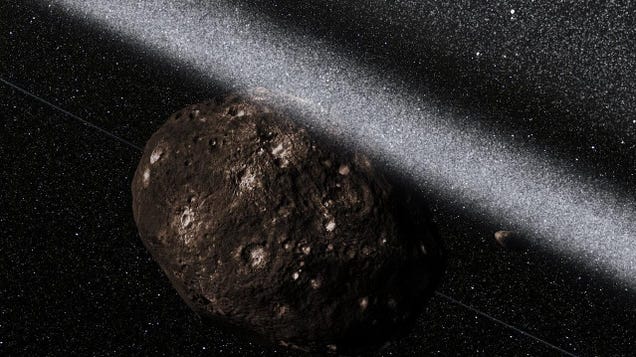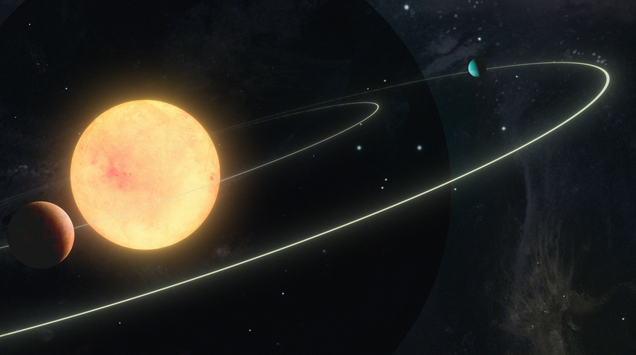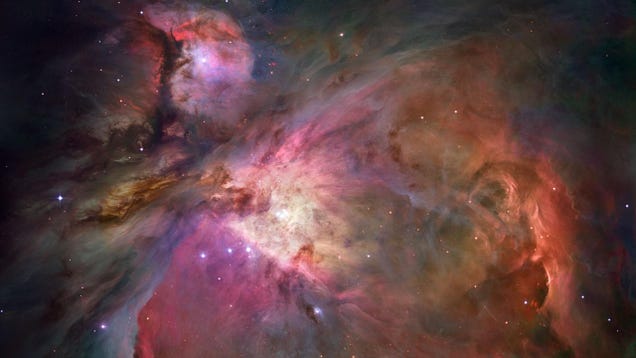
NASA/Preston Dyches

The Sun is orbited by eight planets, at least five dwarf planets, tens of thousands of asteroids, and around three trillion comets and icy bodies. Although not all objects of the solar system are as well known as Earth, Jupiter, or other celestial bodies with main character energy, they still make up a valuable part…

Do we live in an unusual star system? Astronomers have been trying to figure out if the Solar System is unique compared to other stars and their orbiting planets, and they just took a major step towards answering the longstanding cosmic mystery.
NASA/JPL-Caltech/R. Hurt (SSC-Caltech)

A team of astronomers have detected over 500 planet-like objects in the inner Orion Nebula and the Trapezium Cluster that they believe could shake up the very definition of a planet.
- Two giant holes, 18 to 30 times the size of Earth, have appeared on the surface of the sun.
- They could send 1.8 million mph solar winds toward Earth.
- They're called coronal holes, which are cooler areas that don't glow as bright as others.
NASA, CSA, ESA, J. Olmsted (STScI)
NASA, ESA, CSA, STScI, Webb ERO Production Team

